Sungbo’s Eredo in Ijebu-Ode was bigger than Rome! A rainforest surrounded by a wall that stretches 100 miles long and seventy feet high in places, second in size only to the Great Wall of China. Located just an hour drive from Lagos, these buildings and walls are more than 1,000 years old dating almost 800AD! They discovered what they call the royal palace which had living quarters, courtyards, and shrines. There may still be smaller buildings hidden by the forests, that are yet to be found.
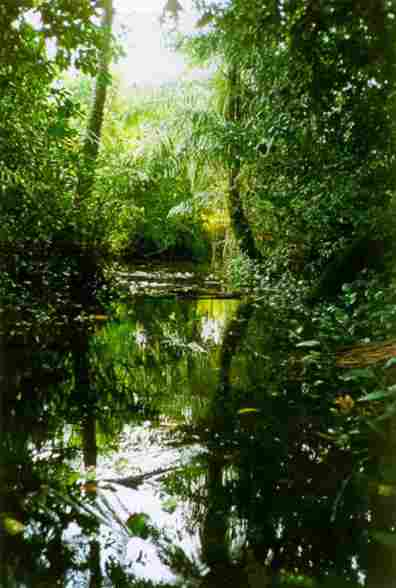
The Eredo site has been described by discoverers as a breathtaking find with many of its remains relatively intact, though overgrown by the rainforest. Of course, the civil wars and British arrival eventually broke the kingdom’s Lagos lagoon trade monopoly. Much of the Eredo lies in ruin, or hidden in the nearly impenetrable rain forest, ignored by locals and African Government officials. It is implied that a highly organized kingdom existed in the rain forest at least three centuries earlier than previously believed.
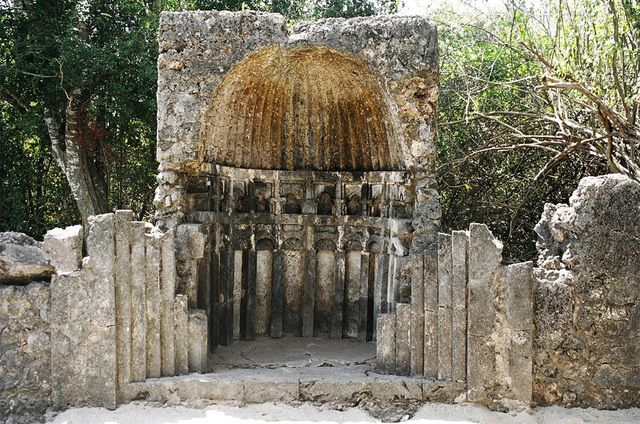
The name ‘Sungbo’ is attributed to an Ijebu noblewoman named Oloye Bilikisu Sungbo who, as legend has it, was also known as the Queen of Sheba, according to biblical and Quranic accounts. People argue the Queen of Sheba was Ethiopian, not Nigerian. It was said that the Queen of Sheba brought bales of Frankincense with her which only grows in two areas; Yemen and Ethiopia so both countries claim her as their own.
The locals say Sungbo built the monument for her beloved people as a personal memorial. Her territory had a gold and ivory trade as well as all kinds of different incense. The Queen of Sheba is very mysterious and only mentioned twice in the Bible when she brought a camel train of ivory, gold, and spices to King Solomon in Jerusalem. It was said she developed a romance with King Solomon and he married her and had a son; Menelik.
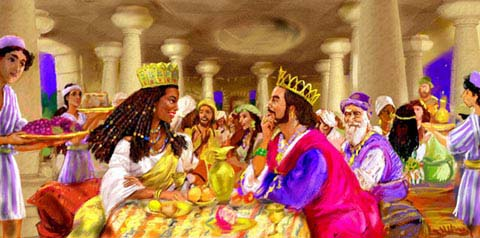
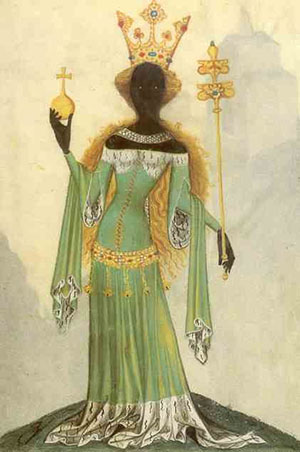
There is nothing in the Bible that suggest the Queen of Sheba married Solomon. However, Jewish, Christian, and Muslim traditions tell about a marriage between Solomon and the Queen of Sheba. The Ethiopian Orthodox Church teaches that their son was the first great King of Ethiopia. The biblical texts clearly state that the Queen of Sheba returned to her own land after her meeting with Solomon (1Kgs 10:13; 2Chr 9:12) but in the verse, Solomon is said to have given her everything she wanted (1Kgs 10:12; 2Chr 9:11). She admired his wisdom and praised the happiness of his subjects so much that the early biblical interpreters thought that she must have wanted to marry him and that Solomon had granted her wish. We know everyone loves to fill these gaps but no one really knows. All that matters is what the local people believe.

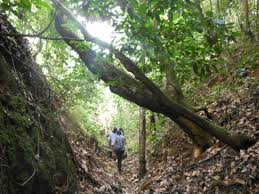
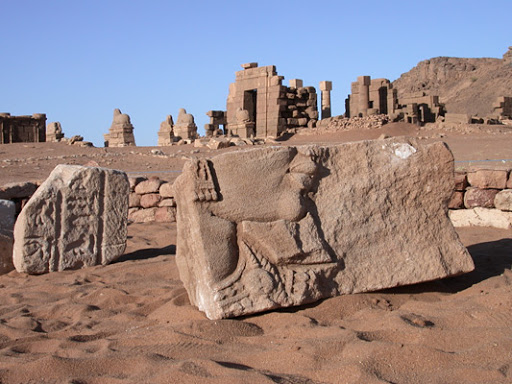
Hundreds of thousands of pilgrims come to this area every year to honor what could be her grave, a magical shrine grove under tall trees. Sungbo’s grave lies near the Eredo in a Muslim area, a town north of there called Oke-Eri, at the end of a narrowing road.
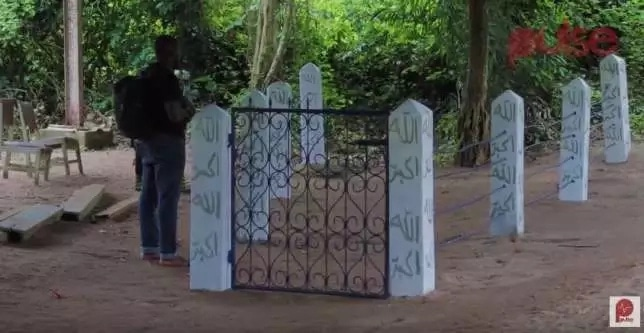
It is surrounded by white walls with a message at the gate welcoming visitors to the seat of ‘Her Royal Majesty, Bilikisun Sungbo’. Her grave is reportedly enclosed by a small gate in front and on the sides by a small fence made with iron bars, punctuated by small cement pillars with Arabic inscriptions on them. The people of Ijebu-Ode describe the Queen of Sheba as a goddess and a compassionate woman. She was a Black queen, of dark complexion. Apart from her origin, historians point to the Canticles, known as the Songs of Solomon, as evidence of this. She is deemed to be the object of the writer’s fancy, who says in Song of Solomon 1:4, “I am Black and beautiful.”
The locals left offerings to the spirits where the shrines existed, protecting them from outsiders. The monument was erected around a kingdom of the Yoruba – one of the three main ethnic groups in present-day Nigeria. The racial theories tried to arise claiming that the Eredo was occupied by people that could not read or write and had the most basic of tools. Of course, no evidence of illiteracy has been found, however there is evidence of iron smelting and other highly advanced ,metallurgical activities.
Nigerian and British archaeologists and preservationists have successfully mapped the structure after the work of an earlier archaeologist, Patrick Darling, who stumbled upon Sungbo’s Eredo some years ago, when he stopped his car along the Pan African Highway in southern Nigeria and set off on foot into the undergrowth.
The monument was submitted into UNESCO World Heritage sites tentative list in 1995 by the National Commission for Museums and Monuments under Cultural category in criteria: (ii),(iii), (iv) and (v) of UNESCO World Heritage submission guidelines putting the Eredo kingdom or city on an equal footing with other African marvels such as the Pyramids of Giza and the city of Djenné!
Powered by WPeMatico


